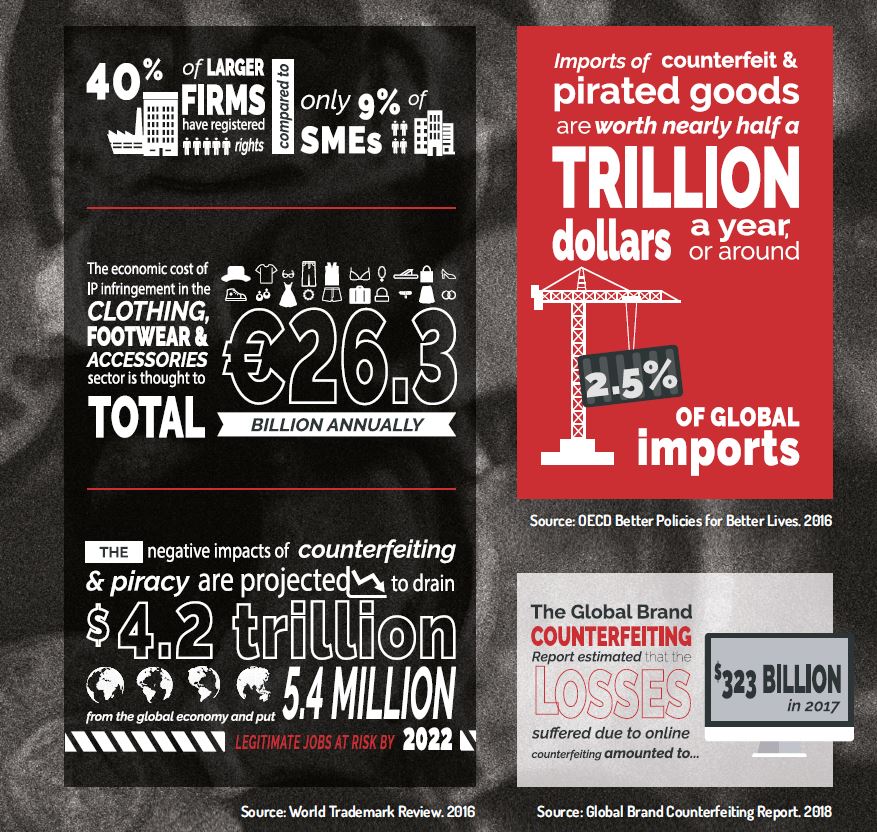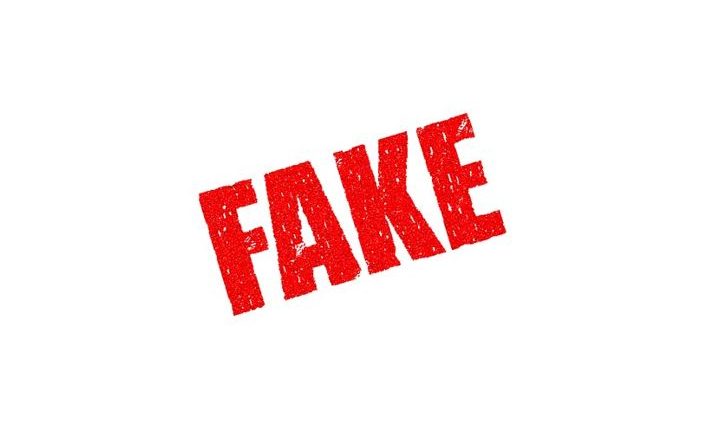OPINION: Counterfeiting and how the cycle industry can fight back
While certain big brands get a bad name from turning to the courts every time their IP is even mildly threatened, the cycle industry undeniably has a global problem with counterfeiting. Rachel Jones, Head Dragon at SnapDragon shares her tips on protecting your IP
It’s estimated that, in 2017, counterfeit sales reached over $1 trillion, making it the largest illegal enterprise worldwide. Thieves are making big money from stolen ideas and the cycling industry, in particular, has a target on its back.
In recent years, copycat bikes and cycling equipment have crowded the virtual shelves of online marketplaces. The increase in these knock-offs has been fuelled by the growing number of businesses outsourcing manufacturing to China.
These fakes lure in bargain hungry customers with unbelievable price tags. Popular brands, such as Contador, are spotting fakes on Chinese websites selling for as little as an eighth of their original price.
Fake goods aren’t just bad for business. They are harmful to consumers, too. The difference between a crash helmet that has been carefully developed, rigorously tested and approved by consumer safety bodies, and one simply made out of cheap plastic, can be life or death.
If you’re selling a product that counterfeiters can easily figure out how to copy, they will. Unfortunately, you can’t stop it. But you can guard against it. Here’s how.
1. REGISTER YOUR INTELLECTUAL PROPERTY (IP)
Like any strategic asset, securing intellectual property should always be a key factor in the early stages of your brand.
Make sure you register both the brand names and logos as trademarks. It’s also worth implementing patents that cover design and utility, just to be on the safe side. You’ll also want to secure protection in each country that you intend to market your products, particularly those where counterfeiting is prolific, such as China and Southeast Asia.
2. OPTIMISE ANTI-COUNTERFEITING INITIATIVES
As online retailing has taken root in our digital culture, e-commerce platforms have been busy battling the counterfeiters with their own anti-counterfeiting initiatives. These initiatives are all about helping brands to operate securely in the online space.
One example is the Amazon Brand Registry, an initiative that allows brands to collaborate with Amazon by providing them with information about their products to help defend them against counterfeit activities. Amazon plays host to tens of thousands of brands selling millions of products. Collaborating closely with these brands means they can provide them with the insights they need to help identify issues early on.
3. CONSIDER ANTI-COUNTERFEITING TECHNOLOGY
To defend your brand online, your business must embrace advanced technologies, and better still collaborate closely with third-party organisations for support. Deploying brand protection software means that very often it can take just a few hours between detection of counterfeits and the removal of them from the marketplace. This can take days, or even weeks, if done manually. Speed and accuracy is critical when defending against the counterfeiters, so actively monitoring online platforms where you’re selling your products can save a lot of time and stress.
4. EDUCATE YOURSELF
Knowledge is power. And today, you’ll find a wide and comprehensive range of free online resources that can help every business take the preventative steps needed to avoid counterfeiting.
Being forewarned and forearmed with up to date information is the best way you can defend your brand against the inevitable. Make the most of them!




